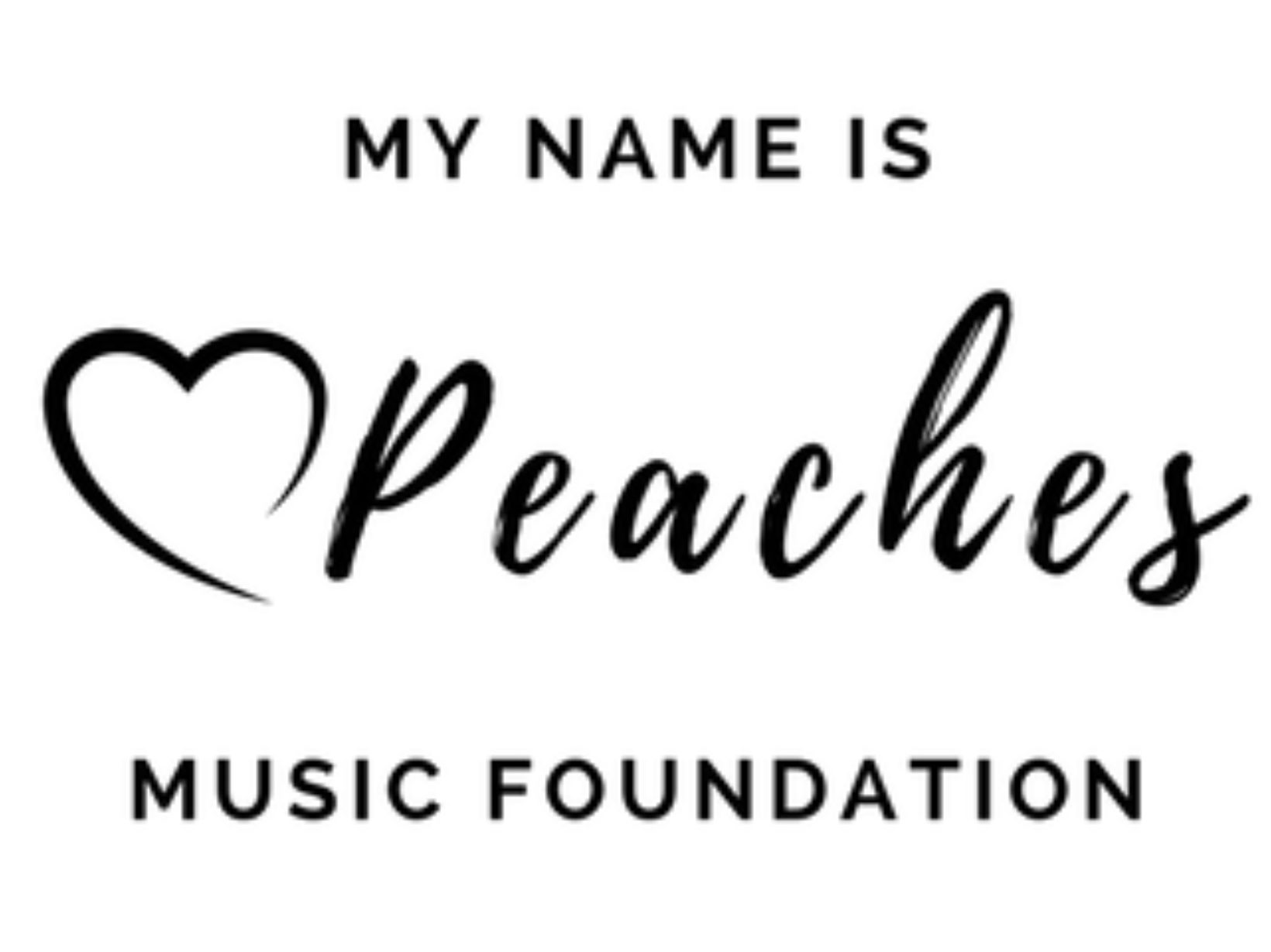In the well-orchestrated halls of academia, where the rhythm is set by tests and the melody is made of metrics, the softer notes of creativity can sometimes be lost in the background. The focus on academic achievement is essential, but when it comes at the cost of creative subjects like music and arts, a vital component of our children’s development is left without a voice. This imbalance can stifle the imaginative spark within young minds, leaving a void where innovation and creativity should flourish. It is within this silence that songwriting emerges as a lyrical hero, offering a vibrant spectrum of colors to paint their thoughts and dreams.
The Creative Quandary
As classrooms worldwide hustle to raise the bar of academic excellence, the brushstrokes of individual creativity often fade. Creative subjects are frequently viewed as secondary, luxuries to be indulged in only after the ‘serious’ subjects have been mastered. This sidelining not only diminishes the importance of creativity but also ignores its crucial role in cognitive and emotional development. Children, full of potential and bursting with original ideas, find themselves confined to a monochrome world of facts and figures, devoid of the opportunity to explore their inner creative landscapes.
Songwriting: A Symphony of Possibilities
Songwriting dances into this monochromatic world with a rainbow palette, offering children a chance to blend their thoughts and feelings into something uniquely theirs. It is an art form that transcends mere musicality, encompassing language, emotion, storytelling, and rhythm. It encourages the composer to dream, to play with words and melodies, fostering an environment where imagination is not just welcomed but is the driving force.
Composing Creativity
In the composition of a song, children are not just learning to create something that sounds good; they are also engaging in a multidimensional educational experience. Songwriting stimulates the brain’s language centers, encouraging the development of new vocabulary and the exploration of complex concepts in a context that excites them. It introduces them to the concept of storytelling, a skill that has applications far beyond the arts, from writing persuasive essays to presenting ideas in the boardroom.
Harmonizing Imagination with Education
Songwriting is an inventive process that invites children to ask ‘what if,’ to wonder, to experiment, and to take risks. These are the skills that fuel innovation and problem-solving, skills that are essential not only in creative disciplines but in all areas of learning and life. By integrating songwriting into the educational mix, we are not simply adding another subject to the curriculum; we are unlocking a door to a richer, more imaginative form of education.
The Crescendo of Change
In an era where the solutions to tomorrow’s challenges will require out-of-the-box thinking, it is imperative that we nurture the creative abilities of our future problem-solvers. Songwriting stands out as an art form that can be woven through the very fabric of our educational tapestry, ensuring that creativity is not an afterthought but a fundamental thread.
In closing, as we tune into the future of education, let’s ensure that the music of creativity plays a leading role. Let’s make room for the songs of our children’s imaginations to be composed, heard, and celebrated. For in every child’s heart is a melody waiting to be written, and it is our privilege to give them the pen and the paper to write it.
